by Alicia Kort, | February 13, 2024
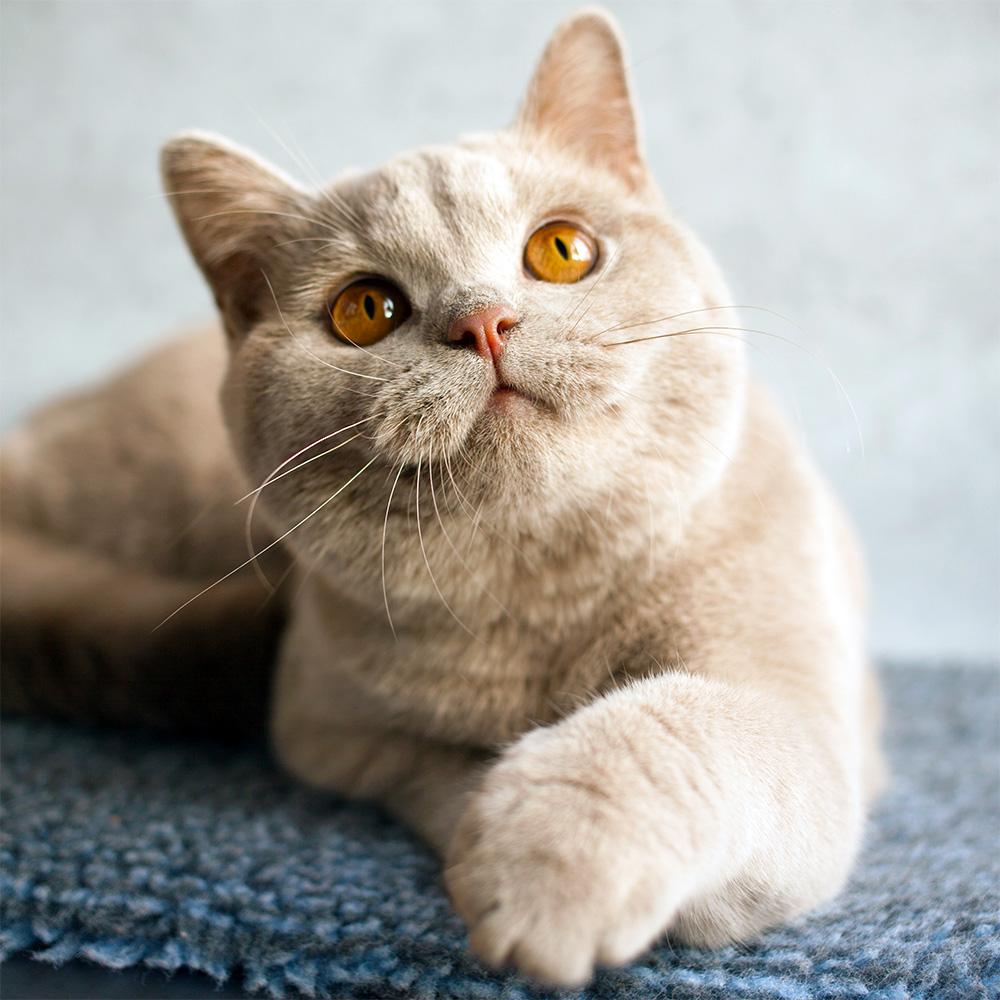
Ruta / AdobeStock
Have you ever walked past a windowsill, assumed there was nothing there, seen something move, then jump? Cream-colored cats tend to blend in, but, it turns out, they’re actually not white.
In this article:
Cream cats usually have at least a whisper (but often more) of orange in their coats — a bit like the color of peach fuzz. As peach fuzz is officially Pantone’s 2024 color of the year, we’re spotlighting these secret orange cats. Read on to find out more about these rare cats, the different breeds, and why they’re the cream of the crop.
Facts about cream-colored cats
1. Cream cats are just orange cats in disguise.
Yes, really! The cream color that your eyes are seeing is actually a pale orange. Cream cats must have a dominant allele of the red gene and two copies of the recessive allele of the diluted pigment gene. The diluted pigment gene does what it sounds like — it dilutes the dominant fur color. This combination essentially tones down the red pigment in a cat’s fur so much that they appear to be a peach fuzz or cream color. So don’t be surprised when you see some orange cat behavior from a cream cat.
2. Cream cats are more likely to be male.
Orange cats are most likely to be male, so it logically makes sense that it would be the same with cream-colored cats. Female cats would need both of their X chromosomes to be red and then to have the necessary recessive alleles to be cream. That’s why female cream cats are incredibly rare.
3. Cream cats are rare.
One reason why cream cats are rare is because of the diluted gene combination. If you remember biology in high school, you might recall that recessive genes are less likely to show up. The second is that red cats are more likely to be male, making the likelihood of two cream-colored cats getting together uncommon.
While other cat mating combinations might produce cream-colored kittens, the chances of this happening are still relatively low. In such cases, there may only be one or two cream-colored kittens in a litter. According to the Cat Fanciers’ Association, some other combinations include a male black cat with a female tortoiseshell cat and a blue male cat with a female tortoiseshell cat.
4. Cream cats come in many patterns and markings.
Cream cats aren’t actually ever solidly cream, even though they might look like it. Cream cats usually have subtle (or not-so-subtle) patterns in their fur, including tortoiseshell, calico, tabby, tuxedo, and more. And because blue cats can mix with orange cats, it is possible to have a blue-cream cat, too.
5. Cream-colored cats are not albinos.
Even very light cream-colored cats are not albinos because a red cat (or tortoiseshell cat) has to be in the mix in order to create a cream cat. And if you see a mostly white cat with a splash of red on their head or tail, they are technically an orange cat, too.
Cream-colored cat breeds
Unlike other cat color combinations, like black-and-white cats, few breeds boast cream-colored cats as part of their brood. Read on to see a few of these rare cream-colored cat breeds.

Bo9 / Shutterstock
1. Siamese
When you pictured a cream cat, the Siamese probably came to mind. This affectionate and occasionally clingy kitty with brilliant blue eyes can come in a cream or red point. This color is very rare and not always accepted by cat associations. These Siamese cats usually have a reddish, chestnut hue on their face and paws. Siamese cats are playful and vocal Velcro kitties who would make a great companion for families with older children (due to their smaller and more delicate stature) and pet parents with other cats. This vocal kitty is prone to separation anxiety, so they’re best suited for homebodies.
Weight: 6 to 14 pounds Lifespan: 15 to 20 years
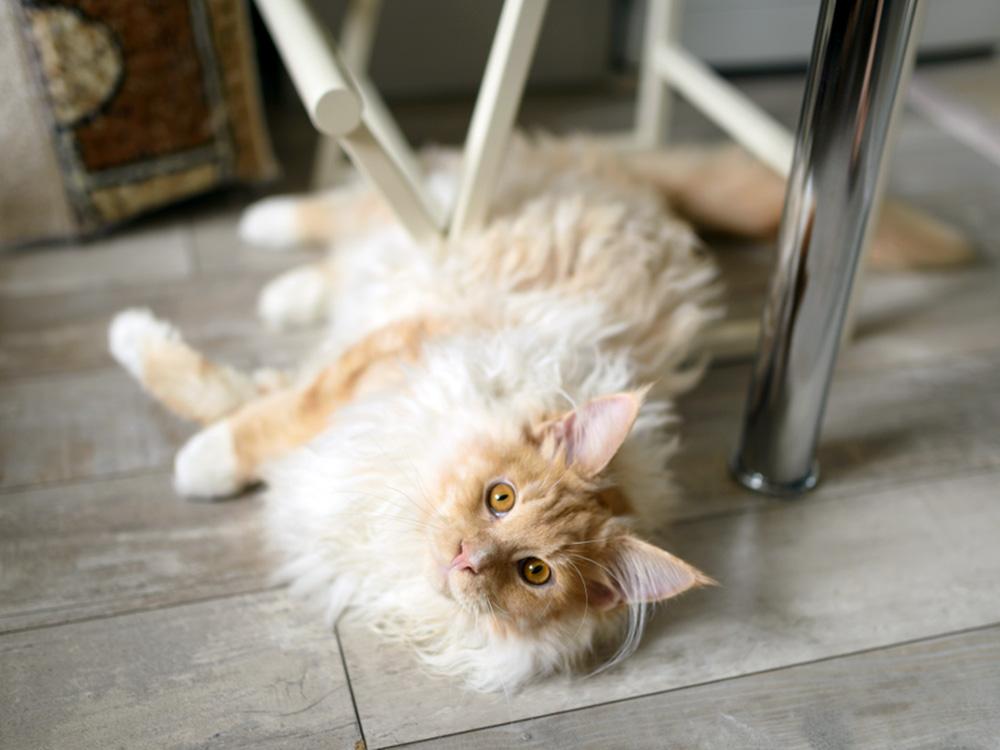
Daria Salash / Shutterstock
2. Maine Coon
The majestic dog-of-cats boasts a pretty tabby cream point hue. Usually, there are subtle cream markings on their foreheads and tails in this pattern, though they do appear to be almost white otherwise. These big long furry kitties are almost like the Golden Retrievers of cats. Why? They play fetch, they like to swim (yes, really!) and they love to be around their humans. The most high-maintenance thing about the Maine Coon is that their thick, water-resistant coat does require brushing every few days. They don’t shed as much as other cat breeds. Because of their larger size and relaxed demeanor, they do well in households with other pets (if introduced properly) and children (if properly behaved).
Weight: 9 to 25 pounds Lifespan: 12 to 15 years
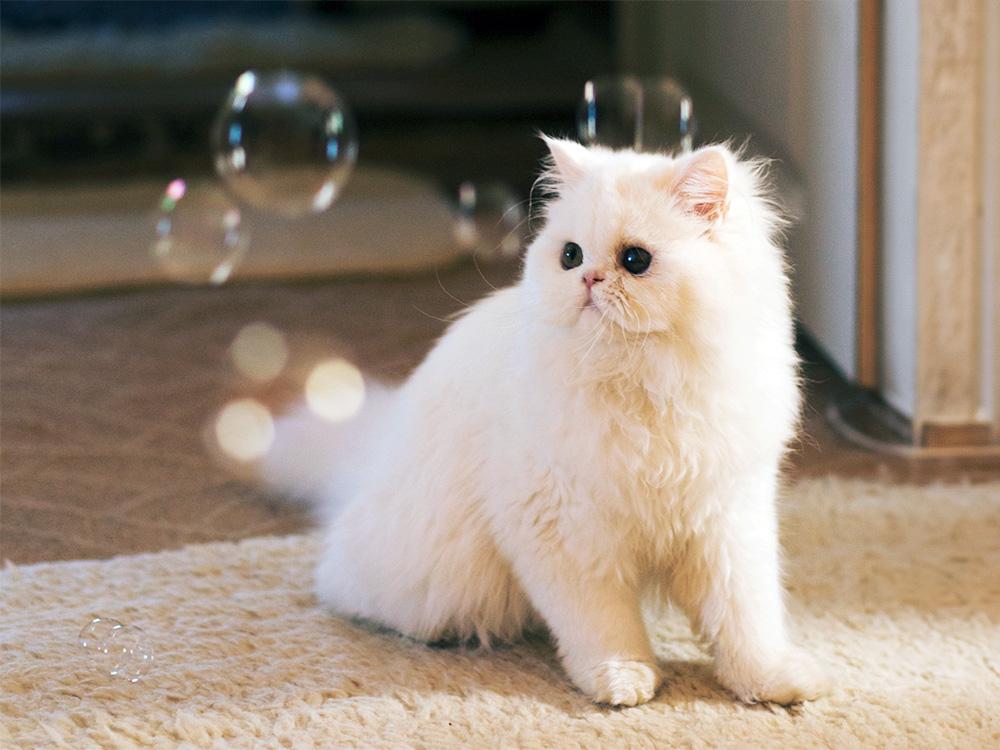
Jovana Rikalo / Stocksy
3. Persian
Although you might picture Persians as a fluffy white accessory on whatever piece of furniture on which they’re lounging, they can actually be cream, too. But because they’re Persians, they have a fancy (yet fitting) name for it: Champagne. The Persian is beloved worldwide for its calm and cuddly disposition. They make great companions for elderly pet parents and pet parents who want a more independent cat. Persians may be capable of being left alone if they feel safe in their homes, unlike some other cats who are prone to separation anxiety. Persians’ glorious coats of fur do require daily combing and brushing, along with regular baths. Pet parents will need to be prepared to make that commitment.
Weight: 7 to 12 pounds Lifespan: 15 to 20 years

Pierre Aden / Shutterstock
4. Birman
The beautiful Birman can appear as a cream color-point kitty. This usually manifests as a beige or gold coat with splashes of latte-brown on the face, ears, tail, and legs. All Birmans are considered color-point cats, so it just depends what colors they’re mixed with. These kitties are also highly affectionate, much like the Siamese breed, though they also are very active. They love to play and are highly intelligent, so they benefit from mentally-stimulating toys. Birmans are perfect pets for pet parents with children and pet parents with other cats. These cats tend to be velcro kitties who will follow you from room to room. Birmans do boast long coats, but they’re silky and single-layer, so they only need a weekly brushing.
Weight: 7 to 14 pounds Lifespan: 12 to 16 years
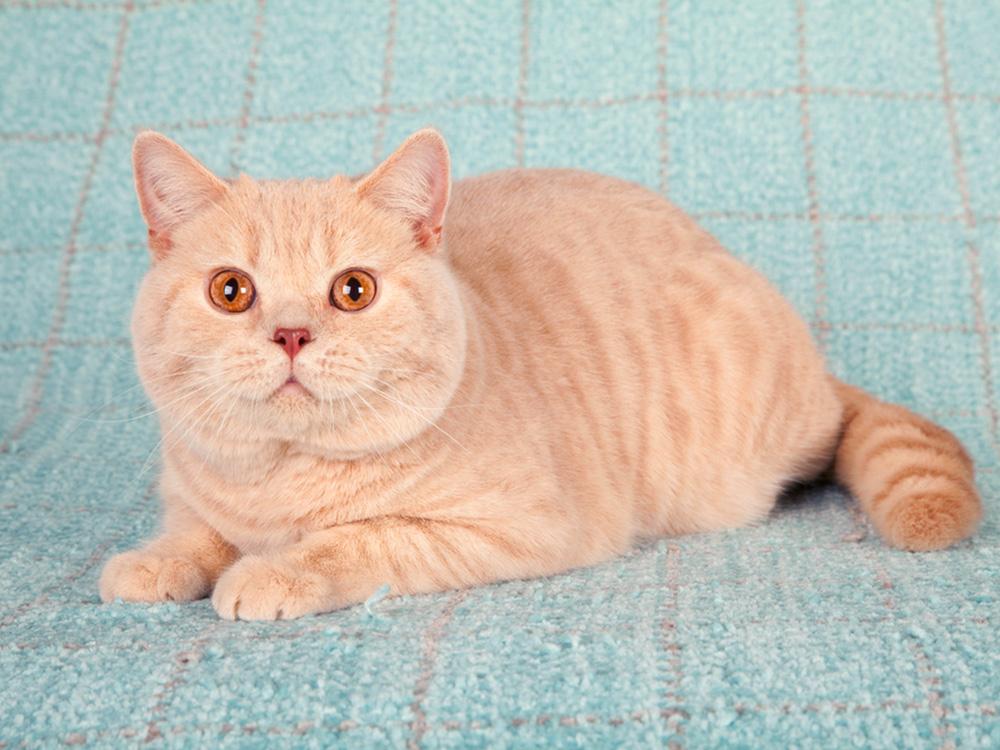
Linn Currie / Shutterstock
5. British Shorthair
The British Shorthair can be cream in color, but their coat always includes a pattern (which can vary widely). This kitty has a muscular body and a round face with prominent (squeezable!) cheeks. The British Shorthair is considered the oldest cat breed in Britain. Famous for its short, dense coat, the British Shorthair does require more brushing than you would think and it does shed moderately. This affectionate yet independent kitty makes a great companion for all kinds of pet parents and thrives in households with other pets. Just a note that they do remain in their kitten stage for several years, so be ready to play.
Weight: 7 to 17 pounds Lifespan: 12 to 16 years
References
The Four Basic Functions of Colour Genes
Coat Color and Cat Outcomes in an Urban U.S. Shelter
A safe, reliable way to rehome your pet
Get Started
Alicia Kort
Alicia Kort is a writer and editor living in Brooklyn. She’s currently the senior commerce editor at Apartment Therapy. She’s been published in StyleCaster, Electric Literature, Newsweek, Interview, Brooklyn magazine and more. In her free time, she runs, reads, and spends time with her dog-nieces, Maya and Lady, and her cat-niece, Pepper.
Related articles

Adoption Advice
How to Find a Cat to Adopt: Where to Adopt a Cat
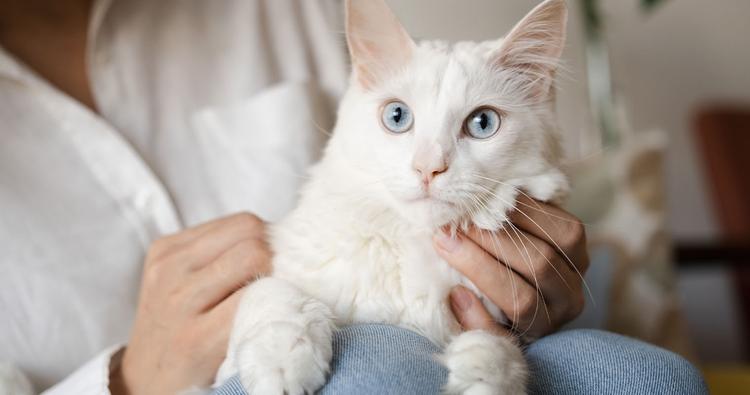
Breed Info
10 White Cat Breeds That Will Melt Your Heart

Adoption Advice
How to Welcome a New Cat? Your New Cat’s First Day

Breed Info
12 Longhaired Fluffy Cat Breeds Ready to Snuggle
From silky coats to cloud-like fur, meet the fluffiest kitties around.

Adoption Advice
When To Spay or Neuter A Dog Or Cat
Wondering when to get your pet spayed/neutered? Learn more about the process and the optimal age to get your pet fixed.
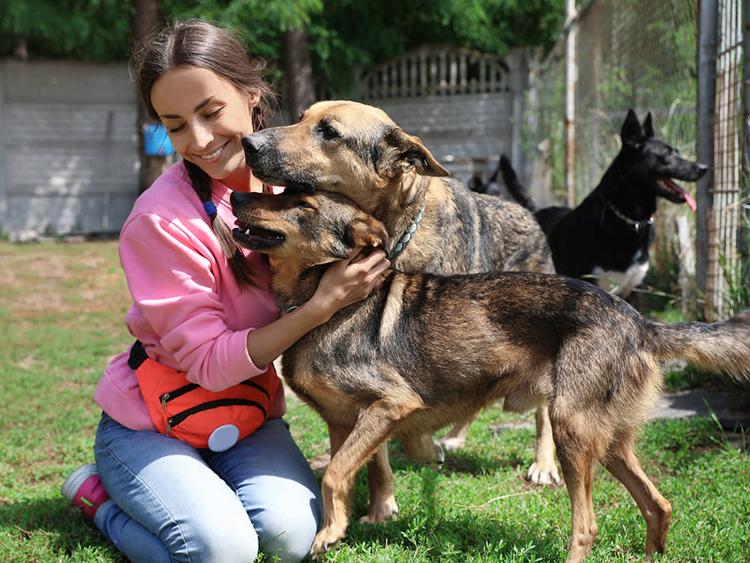
Shelters & Rescue
Pet Shelter Myths: Facts About Adopting from a Shelter
Debunk a few animal shelter myths and learn the benefits of adopting from a shelter or rescue group.

Adoption Advice
Hypoallergenic Pets: Pets For People With Allergies
Thinking about adopting a hypoallergenic pet? Explore our guide for insights on allergy-friendly options, ensuring a harmonious bond.

Adoption Advice
5 Tips to Make Pet Costs More Affordable
Is the responsibility of taking care of your pet causing you to worry about your budget? Rest assured, there are a number of ways to minimize this financial stress.
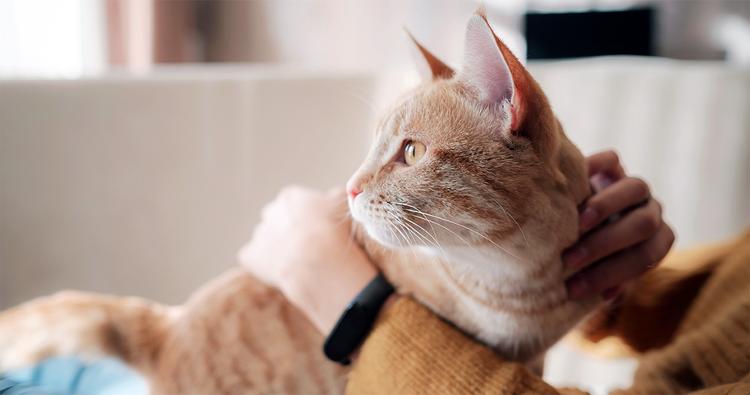



Rehome
Does PetSmart Take Cats?

Behavior & Training
Why is My Cat Suddenly Aggressive Toward Other Cats?

Behavior & Training
What Are Some Effective Cat Anxiety Treatments?

Behavior & Training
How Do I Stop My Cat From Running Outside?

Adoption Advice
6 Things to Consider When Choosing a Vet for Your Cat
Here are a few tips to help you pick the right vet.

Adoption Advice
Cat Personality Types: Finding Your Perfect Match
Are you wondering which type of cat will match your brand of human personality? Read on for some helpful advice.

Breed Info
8 Beautiful Harlequin Cats Breeds (And Important Facts About Them)
Here’s everything you need to know about the different types of harlequin cats.

Behavior & Training
Do Cats Get Lonely? Why Cats Are Better in Pairs
If you’re considering getting your cat a feline buddy, you’re in the right place.

Behavior & Training
How Do You Get a Cat to Trust You?

Breed Info
Wild Cat Breeds: Meet 4 Domesticated Wild Breeds
Thinking of adopting a wild breed? Learn more about domesticated wild breeds and what it takes to keep them as pets.

Behavior & Training
How Do I Get My Cats To Like Each Other?

Breed Info
10 Black Cat Breeds That You’ll Love


Behavior & Training
Cat Scratching: Train a Cat Not to Scratch
Is your new cat scratching everything in sight? It’s natural, but not necessary. Here are proven ways to discourage that behavior.

Behavior & Training
Do Male And Female Cats Get Along Better?

Breed Info
10 White Cat Breeds That Will Melt Your Heart
Looking to adopt a white cat? Learn about which cat breeds have the cutest white varieties.

Behavior & Training
How Do I Stop My Indoor Cat From Escaping?

Behavior & Training
Why Do Landlords Not Allow Cats?

Behavior & Training
Do Cats Know When You Are Dying?

Behavior & Training
How Long Does It Take for a Cat to Get Used to a New Kitten?

Adoption Advice
Introducing a New Cat Too Soon: Troubleshooting Common Issues
Cat introduction process not going well? Here’s what might be causing the issues.

Behavior & Training
Can You Be Allergic to One Cat And Not Another?

Adoption Advice
How to Find a Cat to Adopt: Where to Adopt a Cat
Looking for a reputable cat shelter? Learn more about how you can find a cat shelter that meets your expectations.